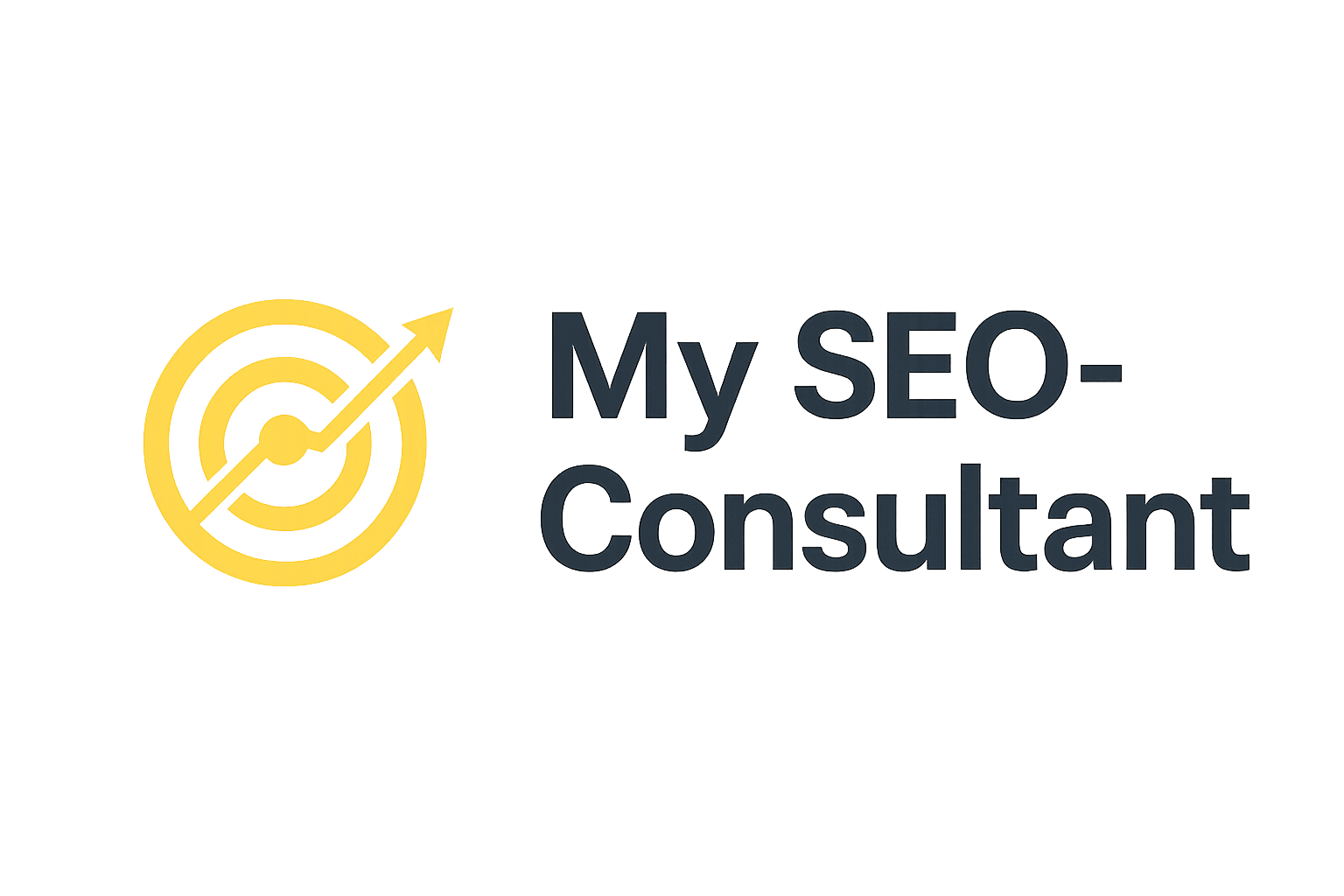
My Seo-Consultant – Equity ETF Trading, Amsterdam NL/EU
My Seo-Consultant specialises in Equity ETF trading and advisory from Amsterdam, serving active traders, asset managers and family offices across Europe. We combine institutional-grade research with pragmatic execution: if you trade ETFs or allocate through them, our services are built around measurable outcomes — clearer signals, tighter risk controls and repeatable portfolio improvements.
How We Empower Investors and Businesses
We focus on actionable insight and reproducible processes so you can make better trading and allocation decisions.
Market Insights and Research
We deliver granular ETF-level research, including liquidity profiles, tracking error analysis and sector rotation signals. Historical data suggests that an ETF-rotation overlay can improve risk-adjusted returns in some market conditions; our research quantifies that effect with backtests and live-trade snapshots. You get concise trade-ready recommendations and access to research templates you can re-run on your own datasets.
Risk Management Strategies
Risk management is a discipline, not a checklist. We implement position sizing, stop frameworks and intraday liquidity limits specifically suited to ETF structures — for example, adjusting exposure for ETFs with wider market spreads or thin creation/redemption liquidity. Our approach is calibrated to the time horizon you trade and explains the trade-off between drawdown control and opportunity cost.
Financial Planning Solutions
For private clients and corporate treasuries, our planning blends ETF-based investment strategies with cashflow modelling, scenario analysis and milestone-based rebalancing. We present clear scenarios — e.g., how a conservative ETF sleeve may perform under stagflation vs. growth-led recoveries — and recommend concrete actions tied to those scenarios.
Portfolio Optimization
We optimise at both the trade and portfolio level: from minimizing turnover in high-tax environments to constructing ETF sleeves that target factor exposure (value, momentum, low volatility). Portfolio optimisers we deploy incorporate transaction cost models and slippage assumptions so the “optimal” portfolio stays optimal once execution costs are included.
Comprehensive Financial Services
We package capability into service lines that scale from single-strategy mandates to institutional programs.
Investment Advisory
Bespoke ETF strategy construction, model portfolios and advisory retainer services that include monthly performance reviews and rebalancing guidance.
Wealth Management
Holistic wealth plans combining ETF allocations, tax-aware rebalancing, and inheritance/legacy planning for private investors and families.
Corporate Finance Solutions
Exit planning, treasury optimisation using short-duration equity hedges, and bespoke derivative overlays that work with ETFs to manage exposure cost-effectively.
Institutional Trading Services
Execution algos tuned for ETF markets, transaction-cost analysis, and liquidity sourcing across European venues and dark pools. We provide pre-trade analytics and post-trade attribution so you can see where slippage occurs and why.
Advanced Financial Analytics
Custom dashboards (performance, tracking error, factor exposures), automated alerts, and scenario engines that support both discretionary and systematic traders.
Why Choose Us?
We emphasise accountability, measurable outcomes and transparent methodologies.
7+ Years of Industry Experience
Our core team combines buy-side portfolio managers, quant researchers and execution traders with tangible track records in ETF markets.
Cutting-Edge Technology and Analytics
Proprietary screening tools, TCA modules and signal libraries allow faster hypothesis testing and robust live deployments.
Global Reach, Local Expertise
Based in Amsterdam with access to European markets and counterparties, we pair regional regulation know-how with global execution capabilities so your strategies respect both market microstructure and compliance.
Dedicated Client Success Teams
You’ll have a primary client manager, a quant lead for modelling needs, and an execution specialist — a small, accountable team that responds to your trading tempo.
Regulatory Compliance and Transparency
We document methodologies, maintain audit trails for model changes, and operate under strict data-security protocols. Suggestions are supported by backtests or anonymised client outcomes where relevant.
Stay Ahead with Expert Insights
We publish concise, evidence-focused content to help you answer the questions you face today.
Market Trends and Forecasts
Short-form forecasts focused on ETF flows, sector rotation cues and liquidity windows that matter for intraday and swing trading.
Economic and Sector Reports
Quarterly sector deep-dives and macro briefs that translate economic signals into ETF implications for portfolios.
Webinars and Expert Opinions
Regular sessions — practical, trade-focused and interactive — where we walk through case studies and live trade examples. Past webinars demonstrate implementation steps, not just theory.
Real-Time Financial News
Curated, trade-relevant newsfeed with alerts when ETF-specific events occur (reconstitutions, corporate actions, large index rebalances) and short notes on likely market impact.
Blog
-
SALESFORCE STOCK SPLIT: IMPACTS ON OPTION CHAINS
Salesforce in the Spotlight — Why the Stock Is Gaining Attention Salesforce (NYSE: CRM) remains…
-
Trading QQQ Options: Managing Risk and Rewards in Tech
What Is the Invesco QQQ Trust (QQQ) and Its Role in the Tech Sector The…
-
Index CFD Trading: Low-Margin Strategies for Benchmarks
The financial markets have changed quite a bit, providing traders with new tools that create…
-
BEST TIME TO TRADE GOLD FOREX: OPTIMAL MARKET WINDOWS
Key Takeaways Gold (XAU/USD) moves on a mix of global liquidity, macro headlines and investor…
-
Index CFDs: Leveraged Exposure to Equity Benchmarks
The financial markets present many opportunities for investors looking for a variety of ways to…







